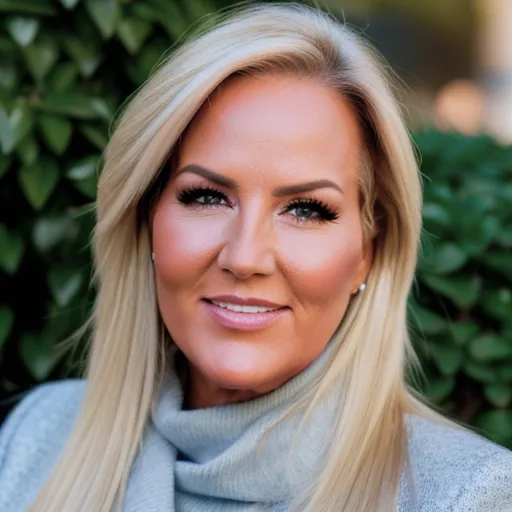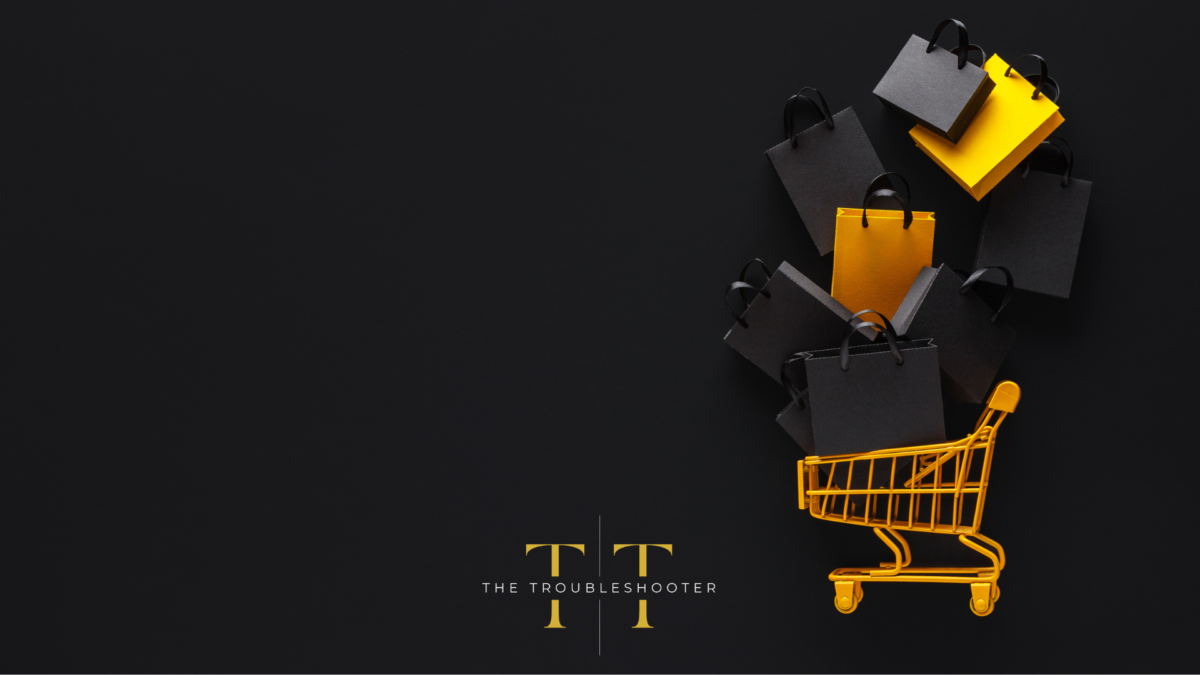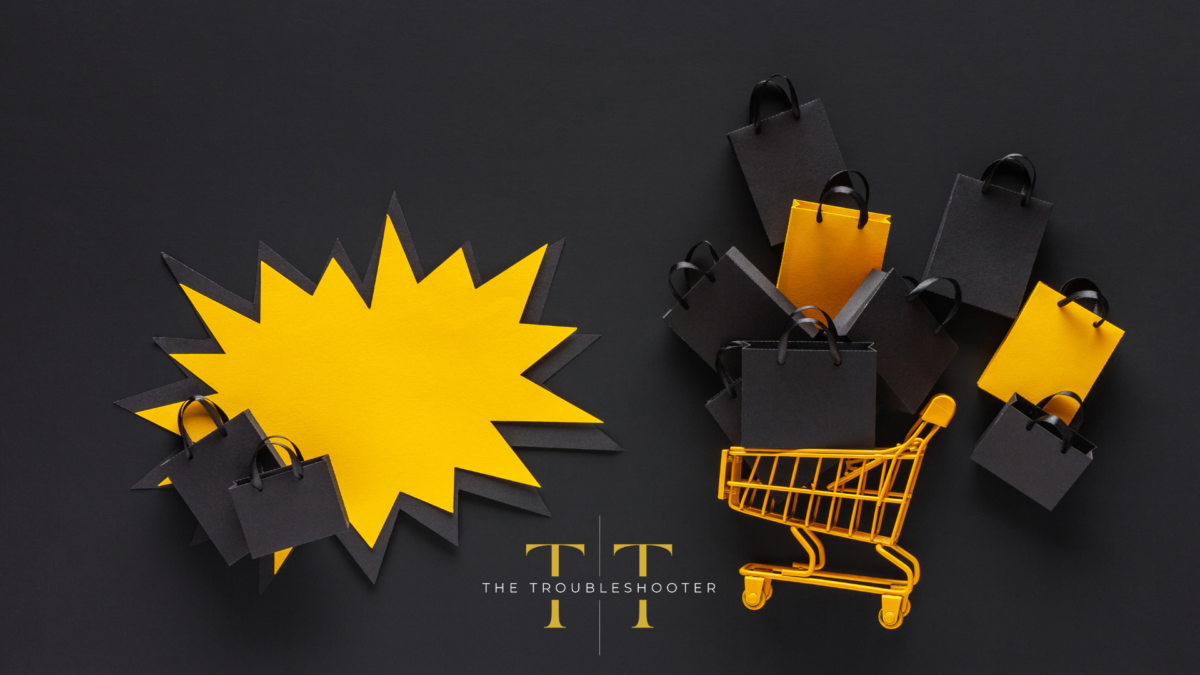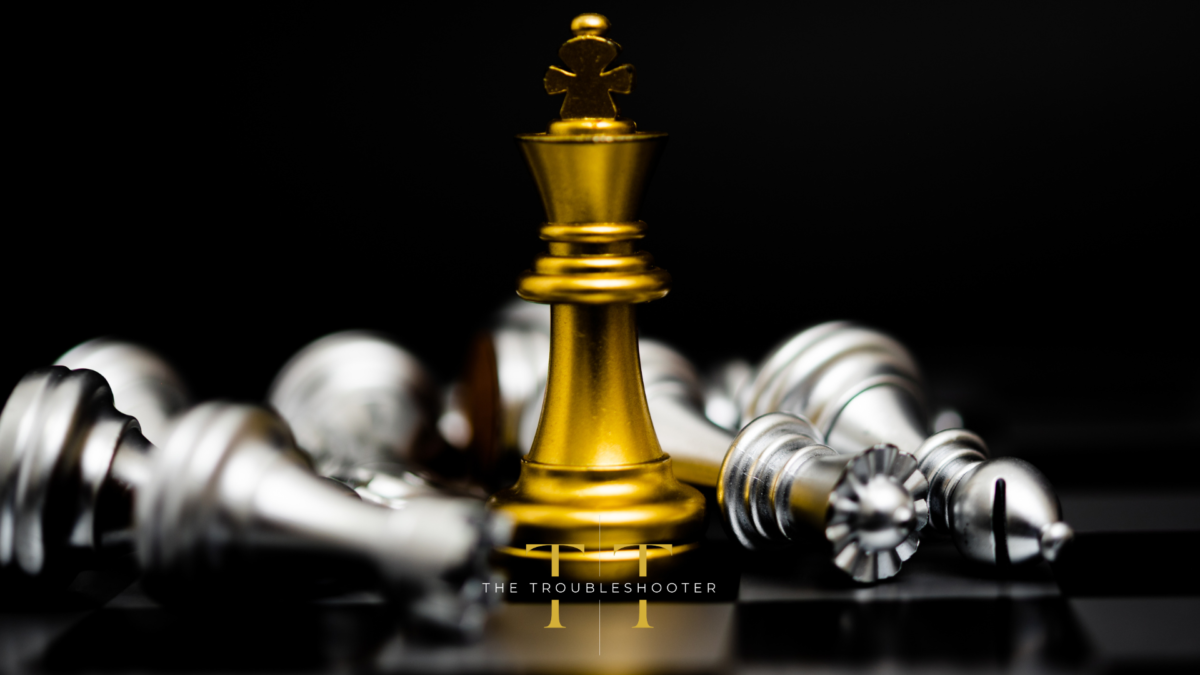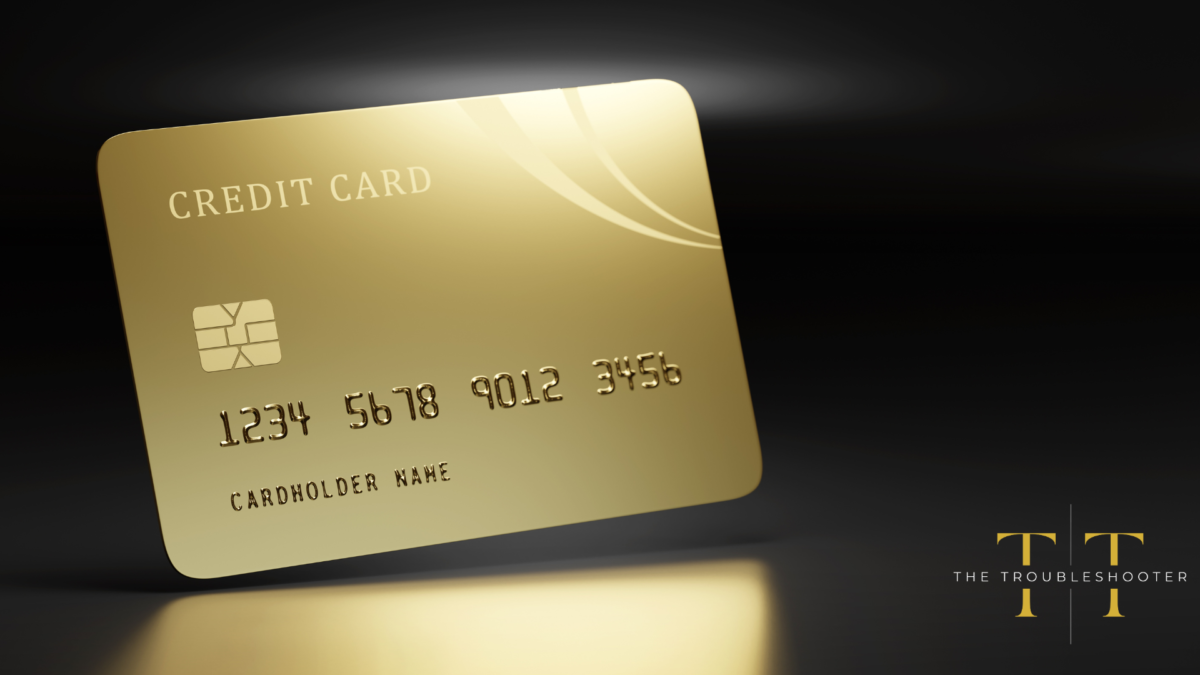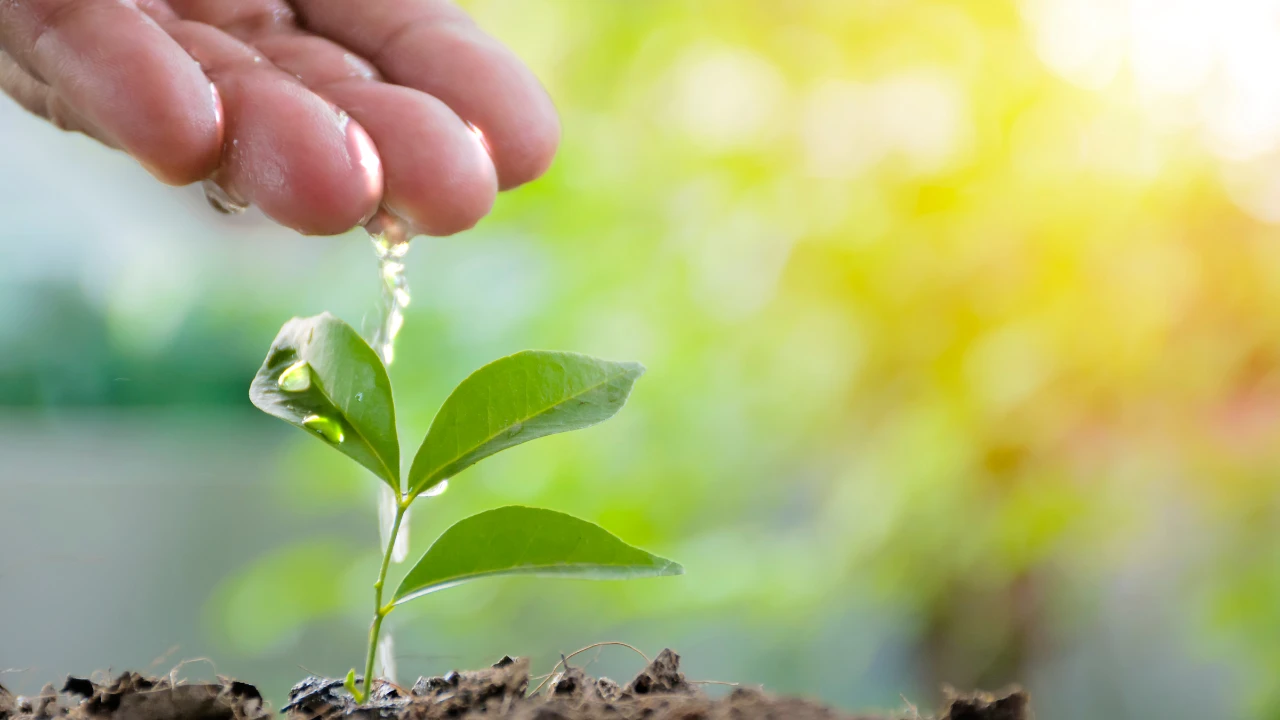
Upper funnel marketing is akin to throwing a lavish, over-the-top party where you go all out and invite everyone under the sun. It’s that moment when you decide to throw caution to the wind and say, “Why not? The more, the merrier!” You welcome a colourful cast of characters, from the quirky neighbour who’s always up for a good time to the distant cousin you barely remember but still want to include, just for the fun of it. Heck, you might even end up inviting that friend of a friend who always has an interesting story to share, even if they bring their pet chicken instead of a goat this time around. Because in the world of upper funnel marketing, it’s all about casting a wide net, creating a buzz, and making sure no one feels left out.
The purpose of this essential strategy is to introduce your brand, product, or service to a wider audience, educate them about its value proposition, and establish a positive impression. With upper funnel marketing, you’re setting the stage for a potential customer love story. You’re like a matchmaker, introducing your brand to the masses and hoping they’ll fall head over heels and move on down the funnel for a happily ever after conversion
It’s all about creating a buzz, getting people excited, and making sure your brand is the talk of the town. You’re out there, shouting from the rooftops, “Hey, look at us! We’ve got something awesome to offer!” So, you whip out your witty social media posts, eye-catching ads, and maybe even hire a skywriter to spell out your brand name. It’s all about making a memorable first impression and leaving people wondering, “What is this company, who are these people, and what do they do?”
So, it’s a topic to take seriously, and in this article we will explore some key techniques to optimise your upper funnel marketing strategy and start to attract more of those quality leads.
First up some essential Q&As…
What is Upper Funnel Marketing?
Upper funnel marketing is where the party starts, and everyone wants an invite. In today’s competitive business landscape, attracting quality leads is crucial for sustainable growth. One effective approach to accomplish this is by implementing an upper funnel marketing strategy. This strategy focuses on capturing the attention and interest of potential customers in the early stages of their buying journey – the crucial awareness stage. It involves activities and strategies aimed at creating brand awareness, generating interest, and attracting a wide audience of potential customers.
It includes both lead generation, and product education and focuses on initial impressions of your business, setting the stage for lower-funnel efforts like sales and customer service. Your buyer is just beginning their research, looking for general information to address and satisfy their problem or need. They may not be set to commit to purchasing but are starting to develop a preference for certain brands or solutions. As such, top of funnel (TOFU) marketing activities focuses on raising awareness of the product and generating interest by providing all the needed information via upper funnel media.
What is Upper Funnel Media?
Upper funnel media is like the flamboyant opening act of a grand performance, where your business takes the stage for the very first time. It’s all about making a memorable entrance and dazzling the audience with your brand’s presence. Think of it as your business’s flashy costume, attracting attention through social media ads, captivating videos, and eye-catching websites.
But here’s the twist: upper funnel media isn’t about pushing for immediate sales. Oh no, it’s more like a flirtatious dance, enticing potential customers to engage, interact, and get to know your business better and it’s all about leaving a positive first impression that lingers in their minds.
What are the Upper-Middle and Lower Funnels?
The activities that consumers engage in when deliberating whether or not to purchase a product are part of the upper-middle funnel, while the lower funnel refers to the steps taken immediately prior to completing a purchase. It’s like the stage of contemplation before making a decision, versus the final steps towards sealing the deal.
The upper funnel tends to have a larger pool of potential customers, while the lower funnel naturally narrows down as some users drop off along the way. However, those who are close to making their initial purchases reside in the lower funnel.
Continue reading
